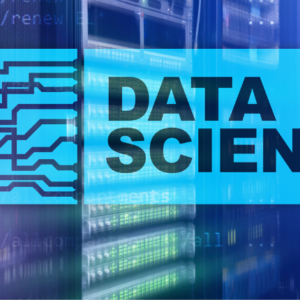“Full-Stack Web Development” has been added to your cart. View cart
Description
Embedded Systems : Mastering Microcontrollers & Real-World Applications
This Embedded Systems Course introduces you to microprocessors, microcontrollers, and embedded system design. You’ll learn about ATmega/Arduino boards, memory maps, and register commands while exploring hardware-software integration.
Using Proteus and TinkerCAD, you’ll practice interfacing LEDs, switches, sensors, LCDs, and motors. Advanced modules cover LED patterns, seven-segment displays, and actuator control. Hands-on projects include designing a traffic light controller and sensor-based systems. Ideal for students, hobbyists, and professionals, this course equips you with real-world embedded systems skills.
Skills you will get
Introduction of Microprocessor & Microcontroller
- Introduction of Architecture of Microprocessor & Microcontroller
Introduction of embedded system, Features of embedded system
- Application of embedded system
- Practical Examples
- Characteristics
- Types of Embedded Systems
Hardware Software Co-design
- Challenges in embedded computing design
- Co-design Process
- Why co-design
- Architecture
Introduction to ATmega/Arduino
- Arduino Boards, which Arduino is best?
- Memory map of Arduino, pin configuration
- ATmega328 features
Register map ATmega328
- Arduino C functions vs register commands
Introduction to simulation software/editors
- Proteus: know-how TinkerCAD introduction
Basics Programs with Atmega/Arduino
- LED interfacing in proteus and TinkerCAD
- Controlling LED with a Switch
- LED with serial-port
- LED with switch + serial por
Basics Programs with Atmega/Arduino
- LED with serial-port
- LED with switch + serial port
Advanced Programming: Interfacing 8 LEDs with a single port of ATmega/Arduino and displaying 10+ different patterns
- All on-off
- First four on-off
- Odd-Even
- Left-shift and right-shift
- Curtain effect: left and right
- Converge and Diverge
Advanced Programming:
Seven Segment Display Theory and Practical
Use of millis function instead of delay and its advantages
- Concept and types of segments
- Interfacing with Arduino/ATmega
- Single-Digit, 2-digit and 4-digit
- Controlling each stripe of seven segment
Liquid Crystal Display theory and practical
- Concept of LCD
- The internal architecture of LCD with pin configuration
- Internal registers of LCD
- Algorithm to send data and commands to LCD from Microcontroller
- Difference between 4-bit and 8-bit LCD operation
Advanced Programming Interfacing LCD with Arduino to
- Displaying various patterns and Effects Process of creating custom characters on LCD Hex commands of LCD
Introduction to motors and actuators
- Interfacing different types of motors with Arduino/ATmega
Projects
- Interfacing LDR and displaying the light intensity data on LCD
- Designing a traffic light controller using LEDs and Seven Segment
- Interfacing temperature sensor and displaying the readings on LCD
- Interfacing LEDs, LCD and Motor: all the same time to
- Arduino/ATmega
Internship/ Project Work
- The completion certificate for courses, internships, or projects will be issued only to those who meet the eligibility criteria.
- Internship or project
- Placement Training
Placement training
- Resume building – Professional & impactful CV
- Communication skills – Improve speaking & writing
- Interview prep – Ace personal interviews
- Group discussions – Stand out effectively
- Body language – Confidence & etiquette
- Job search tips – Find & apply smartly
- LinkedIn tips – Optimize for jobs
Additional information
| Plans | Elite, Prime, Master |
|---|
Related products
-
- Courses
Cyber Security (HSN/SAC-999293)
- ₹7,499.00 – ₹9,999.00
- Select options This product has multiple variants. The options may be chosen on the product page
-
- Courses
Data Science (HSN/SAC-999293)
- ₹7,499.00 – ₹9,999.00
- Select options This product has multiple variants. The options may be chosen on the product page







